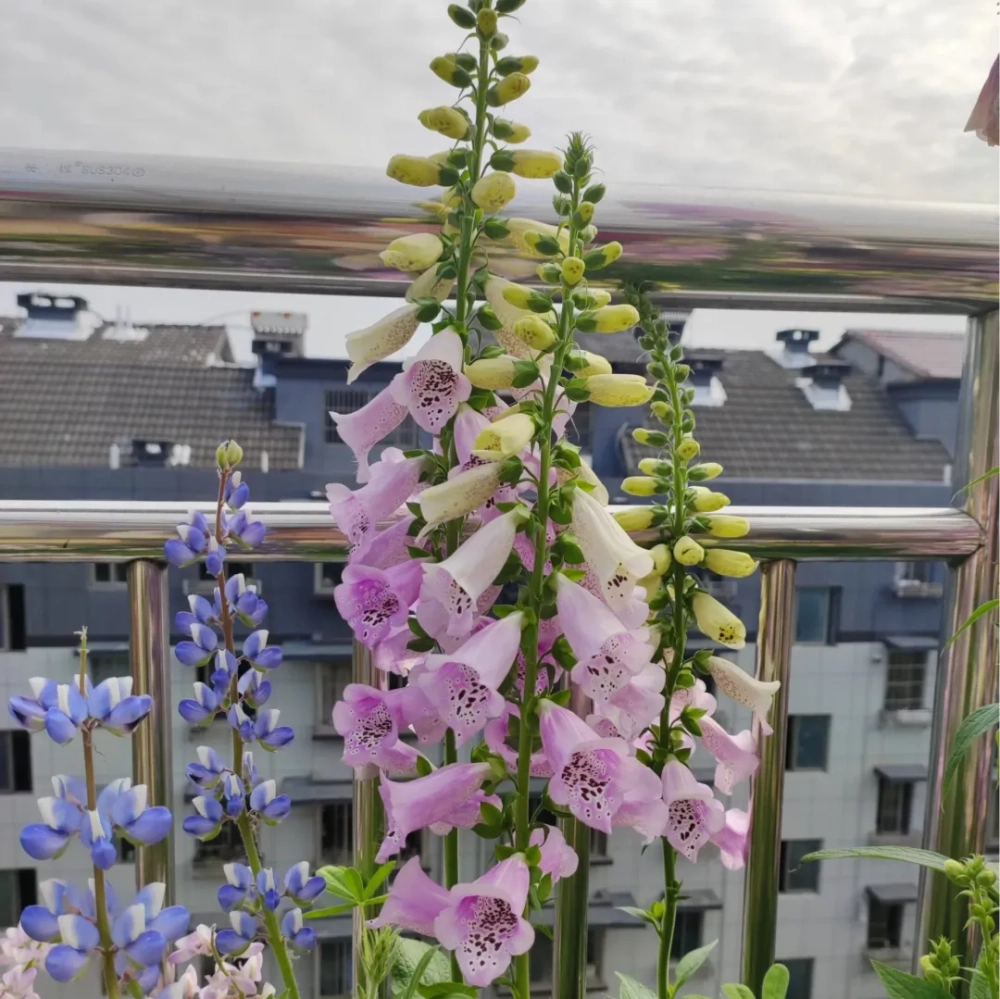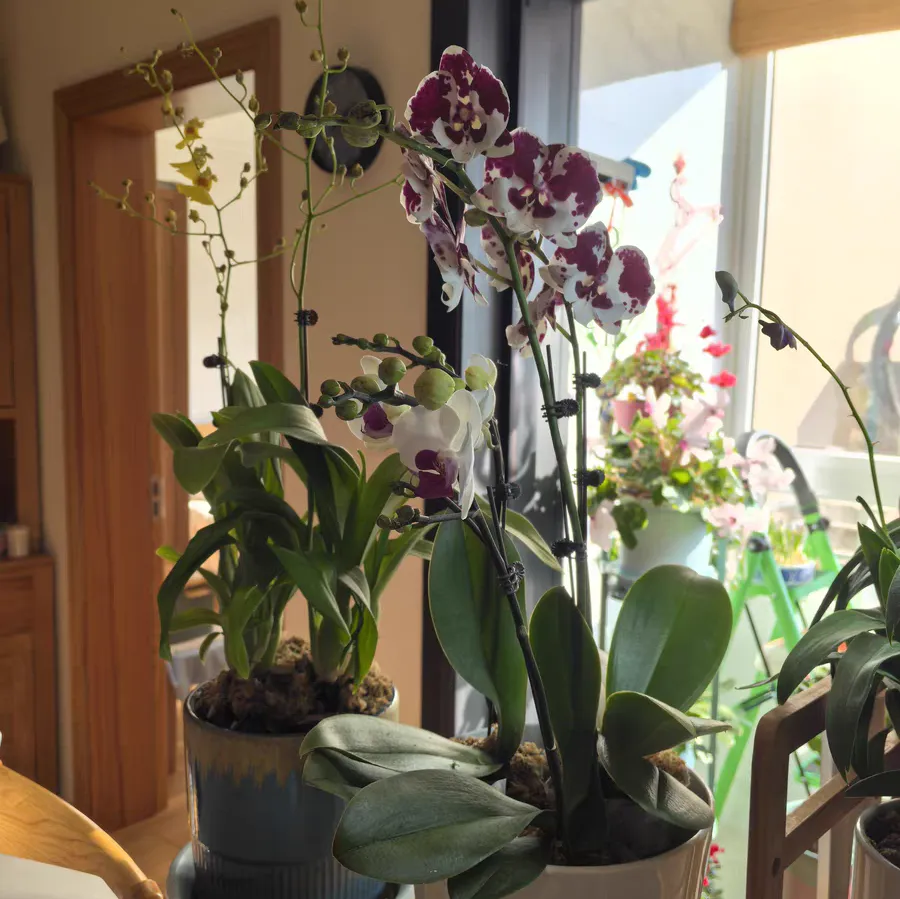Foxglove, with its unique flower shape and rich symbolic meanings, has won the favor of many gardening enthusiasts. This herbaceous plant belonging to the genus Digitalis of the family Scrophulariaceae is not only elegant in appearance but also contains profound meanings, making it a rare poetic spirit in the garden.
The flowering period of foxglove mainly falls between May and June, but the specific time may vary depending on the region and climatic conditions. In warm and humid areas, the flowering period may be advanced to late April, while in high-altitude or cold areas, it may be postponed to July. The entire flowering period can last for 1 to 2 months, which is the best time for observation and photography.
The symbolic meanings of foxglove are full of romance and mystery. It symbolizes "lies", which originates from the toxicity hidden beneath its beautiful appearance, reminding people that beautiful things are often accompanied by potential dangers. Meanwhile, foxglove also implies "unrequited love". Its drooping flowers are like those inexpressible feelings, growing silently in the bottom of one's heart.
The planting time of foxglove is mainly concentrated in spring and autumn. From March to April in spring, when the soil thaws and the temperature rises, it is the best time for sowing. From September to October in autumn, the cool climate is conducive to the growth of seedling roots, preparing the plants for winter. In a greenhouse environment, sowing can be carried out throughout the year due to the controllable temperature. Choosing the right planting time helps to improve the germination rate and survival rate of foxglove.
Planting methods are as follows.
- **Soil selection**: Foxglove prefers loose, fertile and well-drained soil. It is recommended to mix leaf mold, garden soil and river sand in a ratio of 3:2:1 to meet its growth needs. Such soil has good air permeability and sufficient nutrients, which is beneficial to the root growth of foxglove.
- **Sowing**: Evenly spread the foxglove seeds on the soil surface and then cover them with a thin layer of soil about 0.5 cm thick. After sowing, gently water with a watering can to keep the soil moist. Since the seeds are small, the covering soil should not be too thick to avoid affecting germination.
- **Light and temperature**: Foxglove requires sufficient light for growth, but it needs to be properly shaded in high temperatures in summer to avoid exposure to the sun. It has a certain degree of cold resistance, and the suitable growth temperature is between 15 and 25 degrees Celsius. Long-term exposure to low temperatures will affect its growth, so heat preservation measures need to be taken.
- **Watering and fertilizing**: Watering should follow the principle of "watering when the soil is dry and keeping it moist", avoiding waterlogging which may cause root rot. During the growth period, apply a thin liquid fertilizer every 1 to 2 months to meet its growth needs. Increase the application of phosphorus and potassium fertilizers before the flowering period, which can promote flower bud differentiation and make the flowers more colorful and larger.
- **Pest and disease control**: Common pests and diseases of foxglove include fusarium wilt and aphids. In daily maintenance, it is necessary to keep the plants well-ventilated and check them regularly. Once pests and diseases are found, corresponding pesticides should be used in a timely manner for control to ensure the healthy growth of the plants.
The Planting Time and Methods of Digitalis

Share with
Tagged in :




Leave a Reply